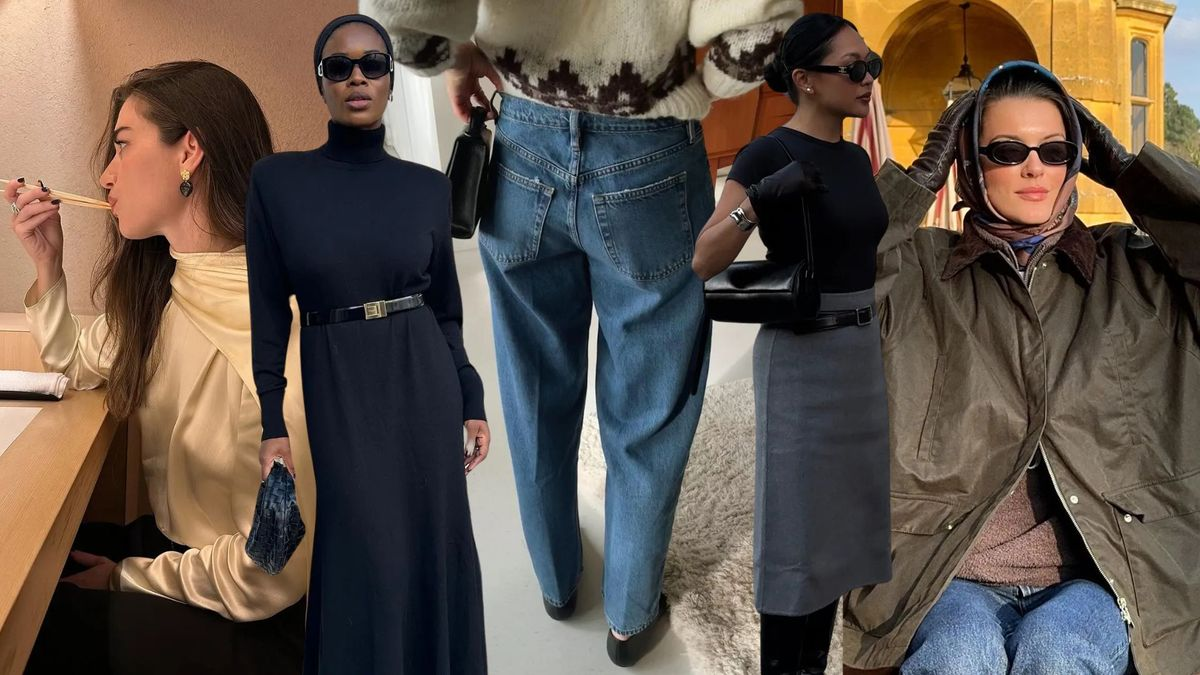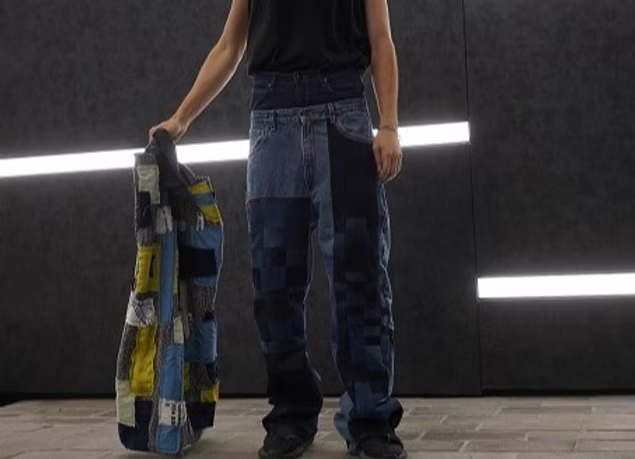As the fashion industry intensifies its shift toward sustainability, two key strategies—biodegradable fabrics and circular design models—are emerging as foundational pillars in 2025. According to industry analyses, biodegradable materials such as hemp, mycelium leather, and algae-derived textiles are gaining traction because they significantly reduce landfill burden and production waste. Parallel to this, circular design models—incorporating up-cycling, resale marketplaces, and rental services—are gaining legitimacy as brands and consumers alike recognise value in extending the lifecycle of garments rather than chasing fast-fashion turnover.
Implementing these changes demands both technological expertise and rigorous transparency. Biodegradable fabrics require deep material science know-how—fabric strength, biodegradation timelines, and ecological impacts must be carefully engineered. Meanwhile, circular models need supply-chain systems that track garments through reuse, recycle, and resale phases, ensuring traceability and brand accountability. Brands that are serious about their sustainability credentials are now investing in blockchain or AI-powered platforms to provide consumers with verified information about product lifecycles.
For conscientious consumers and emerging designers, the message is clear: align your wardrobe and design practice with the principles of experience (hands-on knowledge of fabrics and lifecycle), expertise (understanding material innovation and circular economics), authoritativeness (endorsed practices and verified brand commitments), and trustworthiness (transparency in sourcing, production and end-of-life). When you choose a hemp-based blazer designed for up-cycle reuse or a mycelium leather accessory tied to a rental-platform model, you’re not just following a trend—you’re participating in a movement. In 2025 and beyond, sustainable fashion is about more than style—it’s about responsible innovation





